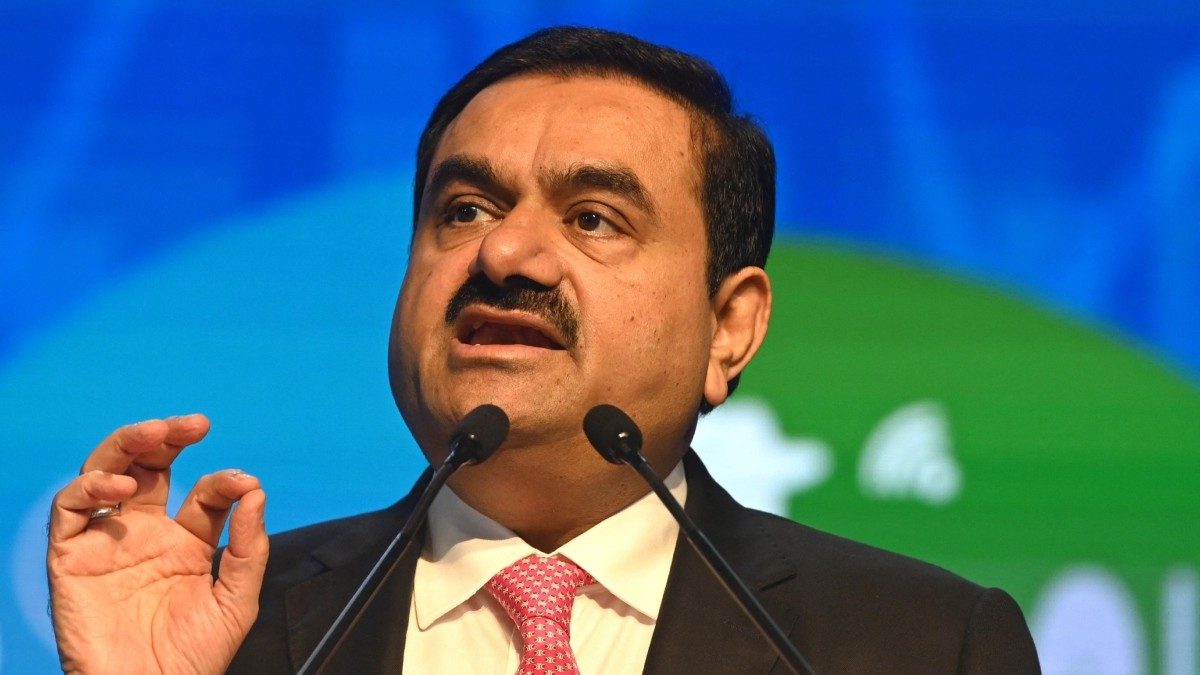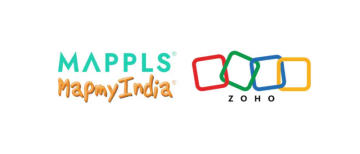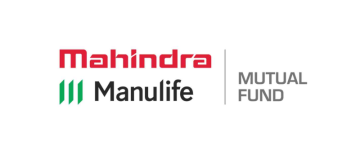Adani Ports and Special Economic Zone Ltd. has announced its withdrawal from a $553 million loan agreement with the US International Development Finance Corporation (DFC) for funding the Colombo West International Terminal (CWIT) in Sri Lanka. This decision marks a significant development for the project, as well as for the Indo-US partnership in the Indo-Pacific region.

Why Adani Ports Withdrew from the DFC Loan
The decision to pull out of the loan agreement came amid allegations of bribery against Adani Group officials in US courts. Although the Adani Group has denied the charges and vowed to contest them, the accusations have added to the conglomerate’s existing challenges, including other project cancellations and financial scrutiny.
Adani Ports cited its internal accruals and capital management plan as sufficient to fund the project. The company stated:
“The project will be financed through the company’s internal accruals and capital management plan. The project in Sri Lanka is progressing well and on track for commissioning by early next year.”

Strategic Importance of the Colombo West International Terminal
The CWIT project is being developed as a consortium comprising Adani Ports, Sri Lanka’s John Keells Holdings, and the Sri Lanka Ports Authority. Once operational, CWIT will be the largest and deepest container terminal in Sri Lanka, with a quay length of 1,400 meters and a depth of 20 meters. Key highlights of the terminal include:
-
Handling Capacity: Equipped to accommodate ultra-large container vessels with capacities of up to 24,000 TEUs.
-
Annual Throughput: Estimated cargo handling capacity exceeding 3.2 million TEUs.
-
Strategic Location: Positioned near major international shipping routes, enhancing its importance for regional trade.
-
Operational Model: Developed on a build-operate-transfer basis for 35 years.
The Indo-US and Regional Context
The DFC loan was initially seen as a milestone in Indo-US collaboration to counter China’s growing influence in the Indo-Pacific. The project had received strong endorsements, including from DFC CEO Scott Nathan during a visit to Colombo in 2023. However, the bribery allegations disrupted the deal’s progress, with the DFC citing ongoing due diligence as a reason for the delay.
Sri Lankan authorities, however, remain committed to the project. Local partners have emphasized that the withdrawal of US funding will not hinder the terminal’s completion. Adani has also pledged to maintain the planned foreign direct investment.

Broader Challenges for the Adani Group
The port terminal is not the only project facing hurdles for the Adani Group:
-
Bangladesh Power Plant: Adani Power Ltd. is dealing with a $790 million payment backlog from Bangladesh for its $2 billion coal-fired power plant. The plant’s operations, critical to Bangladesh’s energy supply, face uncertainties as the new government in Dhaka reviews previous agreements amid allegations of corruption.
-
Special Economic Zone Issues: SEZ regulations treating domestically sold power as imports have created tax challenges, making local sales uncompetitive. Adani Power is lobbying for waivers to address these issues.
Adani Ports: Financial Strength Amid Controversies
Despite mounting controversies, Adani Ports has projected resilience:
-
Cash Flow: The company reported over ₹15,000 crore in cash flows for FY24.
-
Capital Expenditure Plans: A planned capex of ₹80,000 crore over the next four years, with expectations of higher net operational cash flows.
These figures suggest that Adani Ports possesses the financial resources to continue its projects without external funding.

The withdrawal from the $553 million US DFC loan deal reflects both challenges and resilience for the Adani Group. While the bribery allegations and funding changes have added complexity, the group’s financial robustness and commitment to the Colombo West International Terminal underscore its strategic priorities. As the terminal nears completion, it remains a vital project for regional trade and a testament to the evolving geopolitical and economic landscape in South Asia.
With inputs from agencies
Image Source: Multiple agencies
© Copyright 2024. All Rights Reserved Powered by Vygr Media.

























